August 6, 2025 | 09:31 GMT +7
August 6, 2025 | 09:31 GMT +7
Hotline: 0913.378.918
August 6, 2025 | 09:31 GMT +7
Hotline: 0913.378.918
Between 2015 and 2017, the former Binh Thuan Province piloted the temporary delegation of coastal resource management rights to local communities.
“It was just a trial run at the time, but the outcome far exceeded expectations. It was as if the entire marine area had come back to life,” recalled Mr. Huynh Quang Huy, Deputy Director of the Fisheries and Islands Sub-Department (Department of Agriculture and Environment of Lam Dong Province), and Chairman of the Binh Thuan Fisheries Association.
Sharing his perspective on fisheries extension approaches, Mr. Huy explained that each coastal area has its own “target species” from the community's point of view. In his view, engaging with the community should not begin with abstract slogans like “protecting aquatic resources,” as such messages often fail to resonate with local people.
"You have to ask them: What species used to be abundant here? Some would say the half-crenate ark (Vietnamese name is So long) used to be piled up like mountains, but now it’s hard to find even one. It’s from those memories that we begin to rally the community to protect the species," he shared.
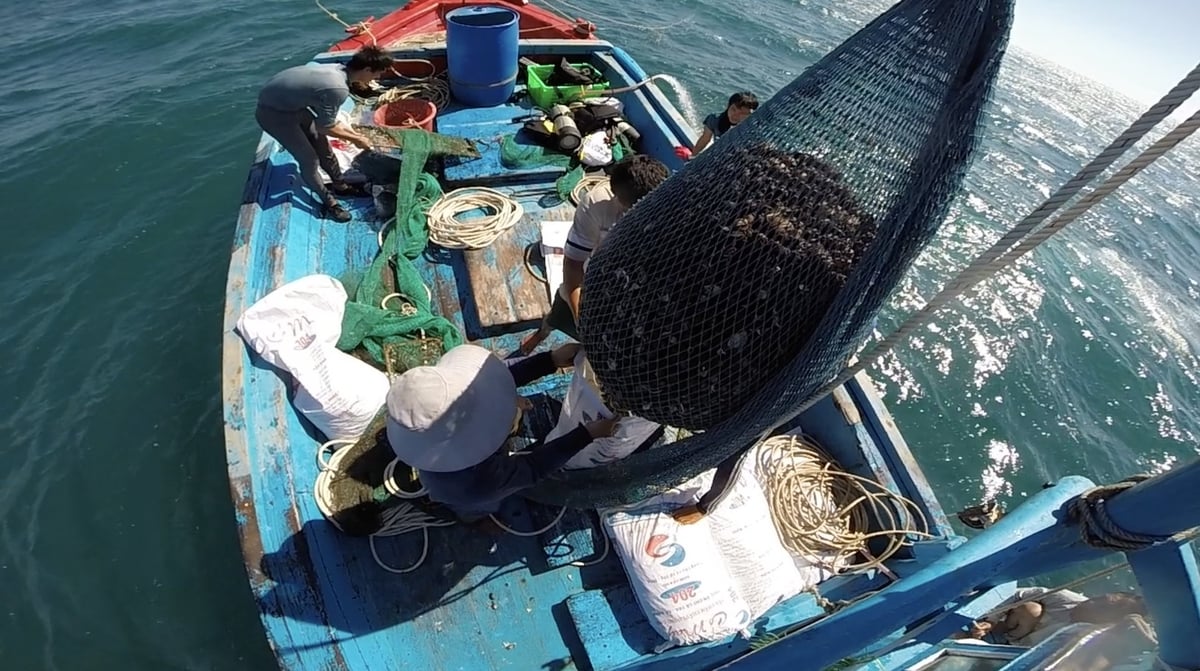
Half-crenate ark populations recovered after locals applied restoration techniques. File photo.
The Tan Thanh – Ham Thuan Nam coastal area features a stretch of sandy shoreline approximately 23.5 kilometers long. According to research conducted by the Institute of Oceanography, this area is considered rich in marine resources. It also serves as a key spawning and nursery ground for various economically valuable aquatic species, including bivalve mollusks (such as half-crenate ark, brown ark, undulated surf clam, and spotted babylon), several squid species (cuttlefish, longfin squid, octopus), as well as reef fish and pelagic fish.
Once the “target species” of each area is correctly identified, conservation becomes a community-driven effort, helping local people understand the connection between individual species and the broader ecosystem.
One of the key solutions contributing to the revival of Binh Thuan’s marine areas is the deployment of artificial reefs. These reefs help demarcate zones under co-management, prevent destructive trawling practices, and provide essential habitats and breeding grounds for marine species.
Local efforts have also led to a shift in perception among the community: in the past, people believed that marine resources were simply gifts from nature, meant only for exploitation, with little thought given to protection or stewardship. Now, they have begun to take action, recognizing that safeguarding marine resources is their own responsibility.
After a few years, seagrass began to grow back, followed by the return of seaweed, coral, clams, and snails, gradually covering the once-barren seabed. Then came schools of fis - small and large - swarming into the area. The initial survey site had been a lifeless stretch of open water, yet within one year, it reached a density of over 400 individuals per square meter. After two years, that number had more than doubled to over 800 individuals per square meter.
More importantly, the initiative fostered a collaborative mechanism between local communities and government agencies, where the State shares responsibility, and the people are inspired to protect the ocean as an inseparable part of their lives.
However, alongside these positive outcomes, Mr. Huy also candidly acknowledged ongoing challenges. Community organizations are still in the process of consolidation and stabilization, and the capacity of local association leadership remains limited. Some community members still hesitate to get involved, fearing conflicts between different fishing groups. Others participate but have yet to fully embrace their roles and responsibilities.
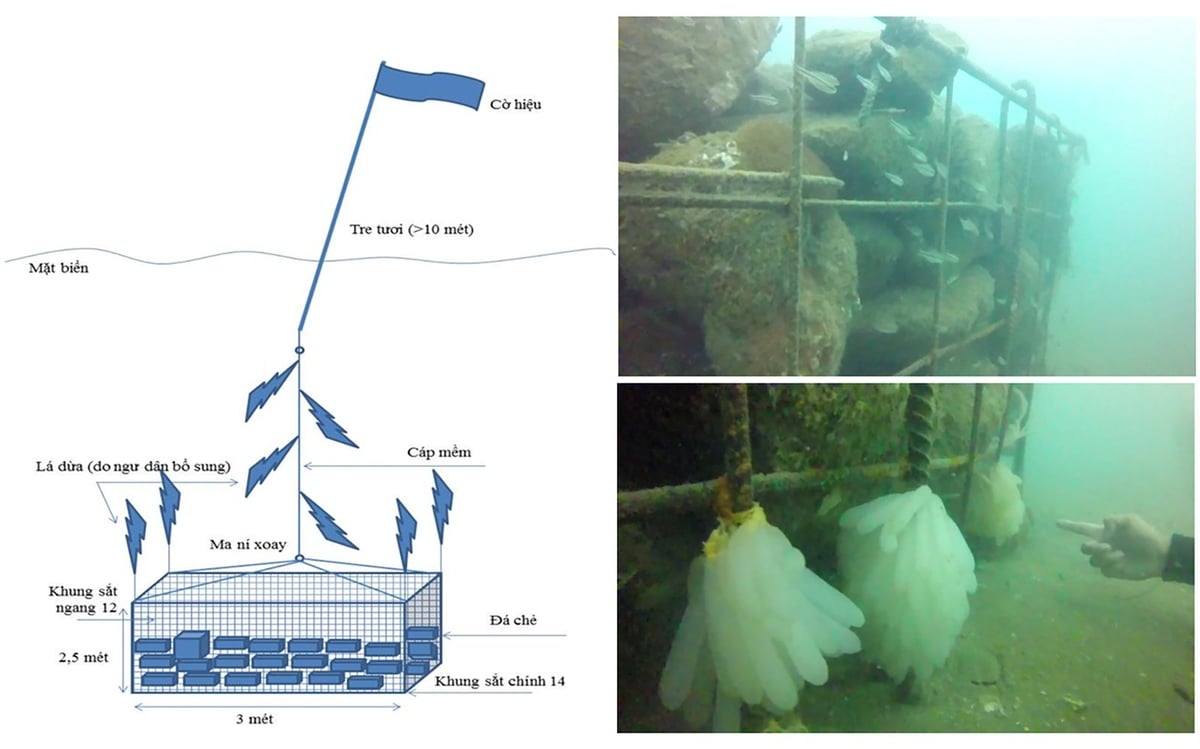
Using stone cages is one of five artificial reef deployment methods adopted by coastal communities in Lam Dong to restore the seabed. Photo: Phuong Linh.
The spirit of “a willingness to learn and to change” has quietly spread within the Binh Thuan fishing community over the years. “We’re ready to learn and continue building our capacity, not only to help restore marine resources, but also to better respond to IUU fishing violations,” a group of local fishermen shared in unison.
Mr. Dau Trong Trung, Chairman of the Tan Thanh Community Fisheries Association, believes that after the administrative merger, it’s even more important for local people to shift their mindset. “In the past, people only cared about their own catch. Now we have to think bigger: Share the sea, cooperate in monitoring, and consider the future. We may not be highly educated, but we are not lacking in intelligence. When approached the right way, people learn very quickly,” Mr. Trung said.
In many cases, it is the older fishermen who inspire the younger generation. Through these community conversations, new ideas have begun to emerge: developing community-based tourism models, creating alternative livelihoods during stormy seasons, and collaborating with scientists to protect coastal ecosystems. All of these initiatives are rooted in knowledge and a shared spirit of learning.
From the very first training sessions, fishers began keeping sea logs, organizing patrol shifts, and writing proposals to submit to the commune authorities. Youth groups emerged to map out fishing zones, draft reef protection guidelines, and install buoys marking no-fishing areas. Many individuals became “community instructors,” forming small learning groups to pass on what they had learned to neighbors in their villages. It is as if the sea is being revived, beginning in the hearts and minds of its people.
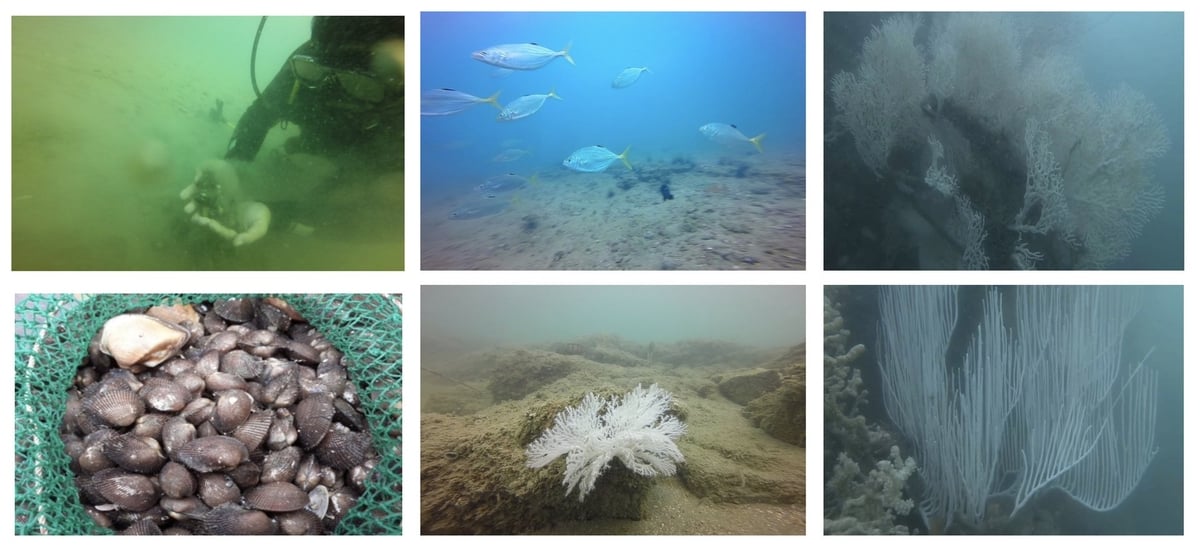
Tan Thanh fishermen are eager to learn in order to restore marine resources and better respond to violations involving fishing vessels at sea. Photo: Tran Phi.
Mr. Le Thanh, Deputy Head of the IUU Monitoring Group under the Tan Thanh Community Fisheries Association, shared: "I’ve spent my life at sea, but when it comes to understanding the law and marine ecosystems, I still lack a lot. If I don’t learn now, who can I rely on later?". In front of him lies a well-used notebook, filled with handwritten notes on IUU-related laws, co-management regulations, seasonal fishing guidelines, and how to mark coordinates at sea.
Subtle changes are beginning to yield real results: fishing ground conflicts have decreased, and violations in no-fishing zones are becoming less frequent. Fishers are no longer passive, they now take initiative: recording incidents, reporting them, and working with fisheries inspectors. When illegal trawlers approach the shore, the community knows how to document, report to authorities, and help prepare official violation reports.
No one can protect the sea alone. The strength lies in the community - in the shared commitment of those whose lives are tied to the waves. The small learning spaces in this coastal village are a testament to that spirit: where people no longer wait for top-down solutions, but take action from the ground up.
Translated by Phuong Linh
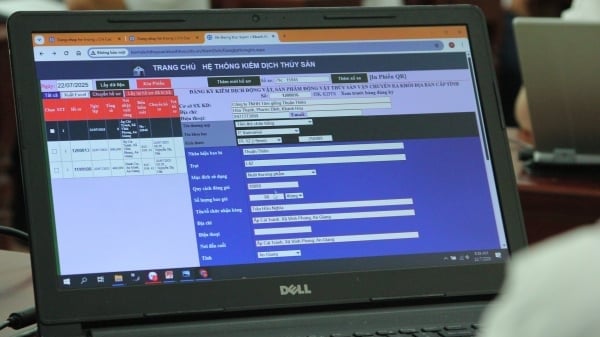
(VAN) Khanh Hoa Sub-Department of Livestock Production and Animal Health recently opened a training session for all cadres, civil servants and public employees on how to use the software to issue online animal quarantine certificates.
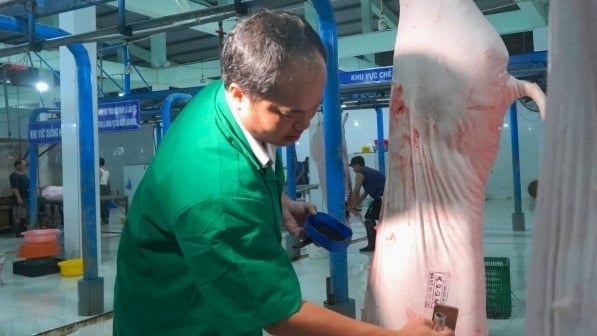
(VAN) Can Tho city reorganizes the livestock and veterinary system into regional stations, affirming the important role of grassroots veterinary forces.
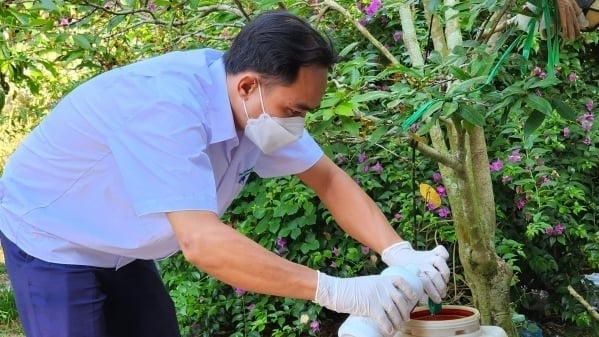
(VAN) The Chairman of Can Tho City People’s Committee will hold local authorities accountable for any negligence in directing the ASF prevention work.
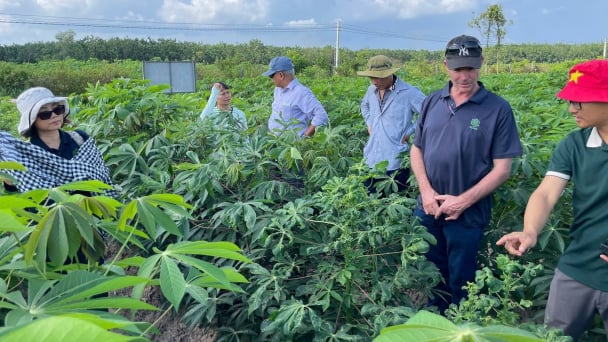
(VAN) From a low-value crop, cassava has transformed into a billion-dollar export industry, building a solid foundation for sustainable development.
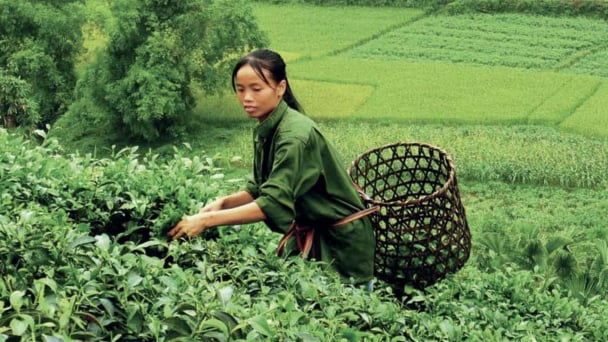
(VAN) The grant from FAO is expected not only to develop pilot models but also to pave the way for the standardization and replication of the circular home garden economy across nine northern provinces.
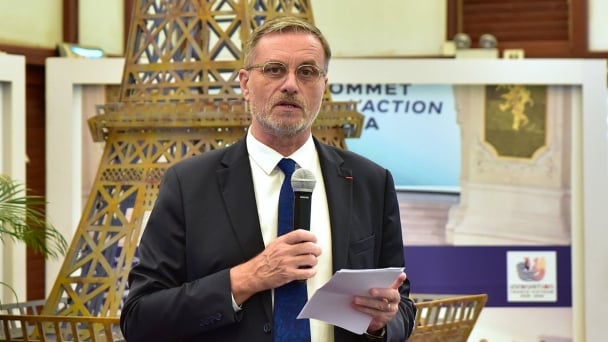
(VAN) The 3R4CSA project marks a turning point in the green transition of Vietnam’s fisheries sector, where the economy, environment, and society advance in harmony.